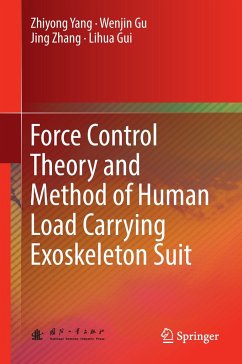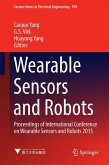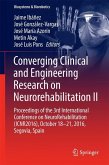This book reports on the latest advances in concepts and further development of principal component analysis (PCA), discussing in detail a number of open problems related to dimensional reduction techniques and their extensions. It brings together research findings, previously scattered throughout many scientific journal papers worldwide, and presents them in a methodologically unified form. Offering vital insights into the subject matter in self-contained chapters that balance the theory and concrete applications, and focusing on open problems, it is essential reading for all researchers and practitioners with an interest in PCA
Bitte wählen Sie Ihr Anliegen aus.
Rechnungen
Retourenschein anfordern
Bestellstatus
Storno








